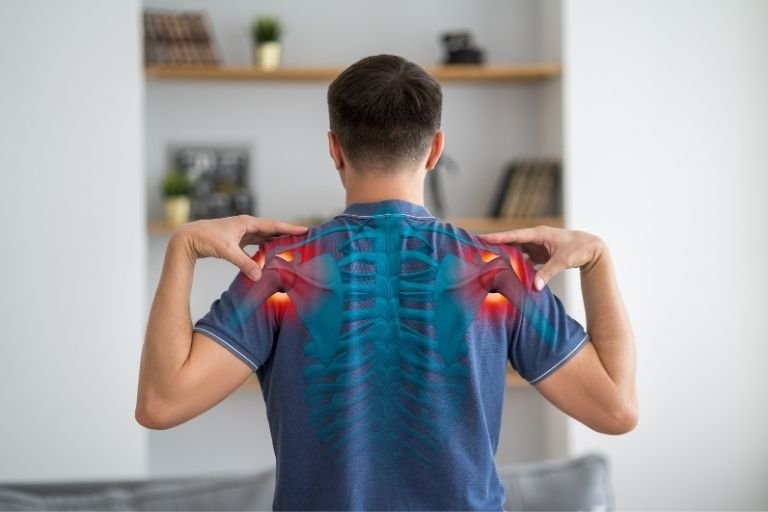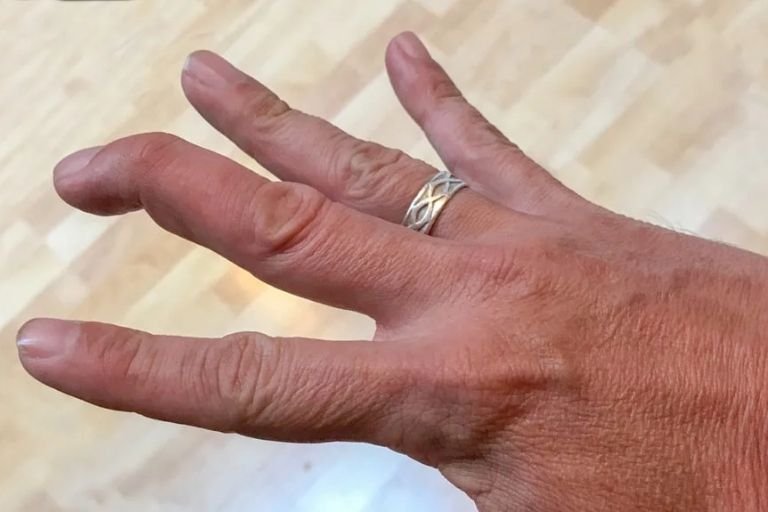- Fitwell Physiotherapy
Spinal Cord Injury

Spinal cord injury (SCI) is a devastating condition that can have profound effects on a person’s mobility, sensation, and overall quality of life. It occurs when there is damage to the spinal cord, resulting in a loss of function below the level of injury. The severity of the injury can vary widely, from temporary numbness to permanent paralysis.
Please submit your details below.
Symptoms:
- Loss of sensation: Numbness or inability to feel heat, cold, or touch below the level of injury.
- Loss of movement: Partial or complete paralysis of limbs or body below the injury site.
- Difficulty breathing: Depending on the severity and location of the injury, respiratory function may be impaired.
- Loss of bowel and bladder control: Incontinence or difficulty controlling bowel movements and urination.
- Muscle spasms: Involuntary muscle contractions or spasms, which can be painful and disruptive.
- Sexual dysfunction: Loss of sexual function or sensation may occur, depending on the level and severity of the injury.
Causes:
- Traumatic injury: Spinal cord injuries often result from traumatic events such as car accidents, falls, sports injuries, or violence.
- Non-traumatic injury: Conditions like arthritis, cancer, infections, or inflammation can also lead to spinal cord damage.
- Medical procedures: Complications during surgery or medical procedures involving the spine can cause injury to the spinal cord.
When to See a Physiotherapist:
It is crucial to consult a physiotherapist as soon as possible after a spinal cord injury to begin rehabilitation and prevent further complications. Specifically, you should see a physiotherapist if you experience:
- Loss of sensation or movement in any part of the body.
- Persistent pain or discomfort in the back or neck.
- Difficulty with balance, coordination, or walking.
- Problems with bowel or bladder function.
- Muscle spasms or stiffness.
Risks:
- Secondary complications: Individuals with SCI are at risk of developing secondary complications such as pressure ulcers, muscle contractures, urinary tract infections, and deep vein thrombosis.
- Psychological challenges: SCI can lead to depression, anxiety, and other mental health issues due to the significant life changes it imposes.
- Reduced quality of life: Depending on the severity of the injury, individuals may experience a diminished quality of life, limited independence, and challenges in performing daily activities.
How to Prevent:
While some spinal cord injuries are unavoidable, there are measures one can take to reduce the risk:
- Wear seat belts: Proper use of seat belts while driving or riding in a vehicle can prevent spinal cord injuries during accidents.
- Fall prevention: Taking precautions to prevent falls, especially among older adults, can reduce the risk of spinal cord injury.
- Sports safety: Using appropriate protective gear and following safety guidelines during sports and recreational activities can prevent spinal cord injuries.
Treatments:
- Emergency care: Immediate medical attention is crucial to stabilize the spine and prevent further damage after a spinal cord injury.
- Surgery: In some cases, surgery may be necessary to relieve pressure on the spinal cord, stabilize the spine, or repair damaged vertebrae.
- Medication: Medications may be prescribed to manage pain, muscle spasms, or other symptoms associated with SCI.
- Physiotherapy: Rehabilitation plays a significant role in recovery, focusing on improving mobility, strength, flexibility, and function.
- Assistive devices: Wheelchairs, braces, and other assistive devices can help individuals with SCI regain independence and improve their quality of life.
- Counseling and support: Psychological support and counseling can help individuals and their families cope with the emotional challenges of living with a spinal cord injury.
In conclusion, spinal cord injury is a serious medical condition that requires prompt medical attention and comprehensive rehabilitation to optimize recovery and improve quality of life. By understanding the symptoms, causes, risks, prevention measures, and available treatments, individuals can take steps to minimize the impact of spinal cord injury and maximize their potential for recovery.
Frequently Asked Questions
Spinal cord injuries are classified as either complete or incomplete:
- Complete SCI: There is no function below the level of the injury, and both sides of the body are equally affected.
- Incomplete SCI: There is some function remaining below the level of the injury. The injury might affect one side of the body more than the other. Types of incomplete SCIs include anterior cord syndrome, central cord syndrome, and Brown-Séquard syndrome.
Symptoms of spinal cord injury can vary widely depending on the location and severity of the injury. Common symptoms include:
- Loss of movement
- Loss of sensation, including the ability to feel heat, cold, and touch
- Loss of bowel or bladder control
- Exaggerated reflex activities or spasms
- Changes in sexual function, sexual sensitivity, and fertility
- Pain or intense stinging sensation caused by damage to the nerve fibers in your spinal cord
Related Conditions
How Fitwell Physiotherapy Can Help?
Dr. Richa’s Fitwell physiotherapy has an extensive team of physiotherapists all within their own specialist areas of physiotherapy. Whatever your condition, we guarantee that we will have the best physiotherapist for you. We assess, diagnose, plan, cure and care for you.
Fitwell Physiotherapy Clinic, Pune provides you best physiotherapy treatment in Kharadi, pune. We also serve Chandan Nagar, Vadgaon Sheri, Keshav Nagar, Wagholi & nearby Areas in Pune. We are experts in treating Neck Pain, Hand Pain, Back Pain, Lower Back Pain, Knee Pain, Stiff Neck, Sciatica, Arthritis, Stroke Paralysis & Post Surgical Rehab.
We provide Specialized physiotherapy treatments in Sports Injuries, Pre and post Surgery, Neurologic, Pediatric, Chronic Pain/Fatigue, Rheumatology, Women’s Health, Men’s Health, Ergonomics, Vestibular, Amputees & all sort of Pain treatment and lifestyle conditions.

































































































